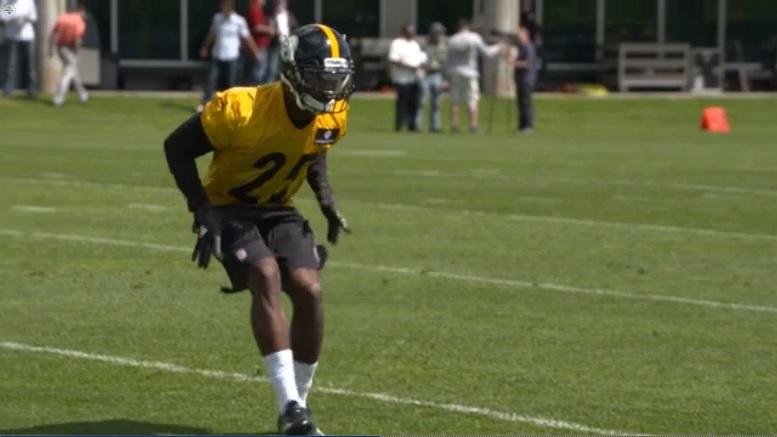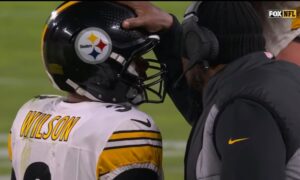You may have noticed that we are now in the part of the offseason in which there is essentially nothing going on, at least as far as it concerns the training and development of NFL rosters. Many players—particularly veterans more able to afford it—spend this down time further training with professionals all over the country, but for many, other than simply remaining in shape, it’s a bit of a respite.
The rigors of the spring sessions today, however, are a far cry from what they once were even a decade ago under the old Collective Bargaining Agreement, and it has in many ways made the jobs of players and coaches alike more difficult, simply due to the lack of on-field time that it provides for players to learn and for coaches to teach.
This was the very fact that former player and current ESPN sports writer Matt Bowen was lamenting in a recent article in which he talks about how the limitations of the new CBA may well have prevented a player such as himself—a late-round draft pick in 2000—from having the time and opportunity to develop enough in his rookie offseason to actually make a roster.
One coach that he spoke to, when asked of how he would fair under today’s rules as an incoming rookie, was rather blunt, telling him, “you would’ve been f—ed”. And that coach, whoever it might be, would probably have been right, because the offseason has been so regulated and defined and specified and narrowed down that there is little opportunity—and certainly almost no extra opportunity—to learn.
Bowen talked about how during OTAs when he was a young player in the league, it was a regular occurrence to take his pre-practice reps with his position coach, then go through practice, and wrap up the day, even into the evening, with more, post-practice reps with his position coach. It is hard work, and work that the players’ association might well be advised to caution against with respect to workers’ rights, but its absence is a burden upon those on the fringe scraping and clawing to have a job come September.
The spring is used now simply to teach the basics of the scheme, to learn the playbook, and to condition the athletes, a fact yet another coach characterized as players knowing what to do, but not how to do it, because the restrictions against contact disallowed them from learning their draft.
Bowen provided an example he was familiar with as a safety learning to understand the Cover 2. He talked about the basic mechanics of the alignment, lining up 15 yards off the ball and such, but asked, “does that rookie safety understand what the wide receiver split is telling him, the formation, the field position, the down and distance?”
He continued, asking, “when the ball is snapped, does the rookie understand the release, the stem and the break? Or how to use the proper technique to take away the post while also playing the deep corner route?”
These are the sorts of things that can only be developed through the repetition now lacking in today’s offseason, even in training camp, where reps for the lower half of the now 90-man roster are often scarce, and players without already obvious potential or pedigree are often never given the opportunity to develop.








